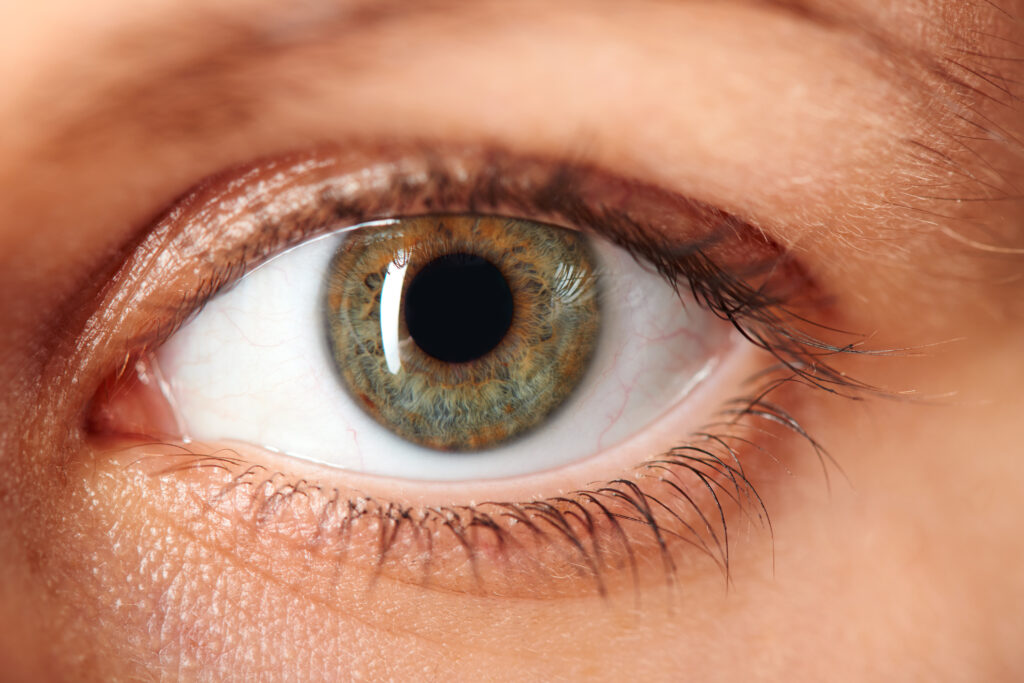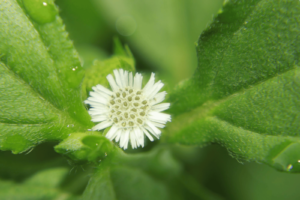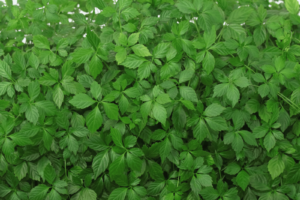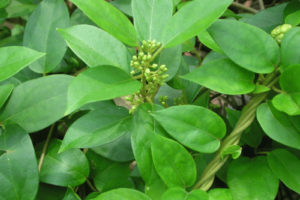WHAT IS ASTAXANTHIN EXTRACT?
Astaxanthin is a carotenoid pigment that is found naturally and has a vivid red colour. It gives seafood like salmon, prawns, and lobster its scarlet hue and is frequently present in some marine species like krill and microalgae. Among the carotenoids, this pigment is unique in that it has exceptional antioxidant qualities that are thought to be much stronger than those of other well-known antioxidants such as beta-carotene and vitamin E. This natural ingredient is becoming more popular as a dietary supplement due to its many potential health advantages, such as its ability to promote eye and skin health as well as general antioxidant defence.

WHAT ARE THE HEALTH BENEFITS OF ASTAXANTHIN?
A naturally occurring carotenoid, astaxanthin has emerged as a key player in enhancing human health and wellbeing, going beyond its use as a pigment. Yeast, prawns, microalgae, trout, and other marine life are rich sources of this powerful antioxidant, which has a wide range of health advantages. With benefits ranging from protecting against UV rays to promoting youthful, glowing skin, It is becoming increasingly well-known for its many uses. Here are some of its key benefits:
- Eye Health: Astaxanthin is becoming more and more important for preserving the best possible eye health. Its function as a carotenoid antioxidant includes safeguarding the retina, especially the macula, which is the most important component of the eye. Beta-carotene, lutein, and zeaxanthin are common ingredients in eye supplements that are intended to maintain and improve vision. Nonetheless, this pigment is a ubiquitous ingredient in the most recent developments in eye health formulations. Research has confirmed astaxanthin’s ability to reduce ocular strain and promote eye health. A noteworthy study highlighted its preventive qualities, particularly for people who use visual displays for extended periods of time. In the technologically advanced world of today, when screen time is often prolonged, this pigment has emerged as a valuable ally in preserving eye health and fending off the damaging effects of excessive UV and blue light exposure.

- Promotes Skin health: Although the expression “beauty is only skin deep” is accurate, astaxanthin fills the gap between inner vigour and external attractiveness. Maintaining youthful and vibrant skin for those who are health-conscious involves more than just cosmetics; it involves overall bodily wellness. In this sense, astaxanthin is essential. By offering protection against the harmful effects of ultraviolet (UV) radiation, a major element in the ageing and destruction of skin, it offers a comprehensive approach to skin health. A systematic investigation including twenty-three healthy participants found that 4 mg of this carotenoid taken once a day provided protection against UV-induced oxidative damage. The utterly amazing thing is that astaxanthin’s advantages went beyond skin exposed to UV rays; participants’ skin became smoother and more supple as a result.
- Antioxidant powerhouse: This pigment also is well-known for its powerful antioxidant capabilities. It is a powerful protector against oxidative stress and free radicals, two things linked to a variety of health problems, due to its antioxidant properties. It also helps protect against oxidative stress, which has a number of positive effects on health, including as improved heart health, a possible defence against cancer, and relief from joint discomfort. Because of its ability to function as an antioxidant, this pigment is also essential for enhancing general health and wellbeing. It can counteract the negative effects of an unhealthy lifestyle and exposure to environmental contaminants, improve cardiovascular health, protect cells from DNA damage, and reduce inflammation thanks to its capacity to neutralise free radicals. Because of its strong antioxidant properties, astaxanthin is widely acknowledged as a super-supplement with uses in many areas of human health and lifespan.
Finally, this carotenoid is a remarkable example of the many advantages that nature has to provide. However, speaking with a healthcare expert is a smart step in your quest to reap these vast benefits. Therefore, take advantage of this chance to add astaxanthin to your path to a more energetic and healthy life, but do so under the direction and advice of a medical practitioner.
HOW DOES ASTAXANTHIN WORK IN HUMAN BODY?
The powerful effect that this carotenoid, has on the human body is mainly due to its great antioxidant capabilities. After consumed, astaxanthin protects the body from oxidative stress by reducing the damaging effects of free radicals. It can incorporate into cell membranes and protect them from reactive oxygen species damage thanks to its special molecular structure. This antioxidative capacity protects organs, tissues, and cellular structures against the damaging effects of oxidative stress in a variety of health-related contexts.

Moreover, its’s ability to protect the delicate tissues of the retina by absorbing and filtering high-energy blue light is directly related to its role in promoting eye health. This pigment also helps protect vision from the potentially harmful effects of extended exposure to digital screens and UV radiation by building up in the macula of the retina. It also promotes improved microcirculation and blood flow, which can improve retinal health and overall vision. These mechanisms make astaxanthin a superstar in the field of eye health and an invaluable tool for preserving clear, sharp vision.
HOW MUCH ASTAXANTHIN CAN A PERSON TAKE?
It is often advised to take 6–8 mg of astaxanthin daily, a carotenoid that is well-known for its numerous health benefits. This recommendation is backed by current research and supplementing practises. Since this pigment is naturally found in krill oil and enhanced salmon oil supplements, many people can easily get this suggested quantity. Higher doses of up to 20–50 mg have occasionally been taken with no documented side effects. It is crucial to remember that it’s exact toxicity thresholds and upper bounds are yet unknown and need more research.
Even though astaxanthin appears to have several potential health benefits, the right amount to take depends on the individual and the particular health objectives. It’s best to take supplements after a meal since, as a carotenoid, it shares metabolic pathways with fat-soluble vitamins like Vitamin A. This strategy promotes the beneficial effects of this important nutrient while reducing any possible negative consequences by ensuring its proper absorption and utilisation. As with any dietary supplement, it’s best to speak with a healthcare professional to figure out the right dosage based on your needs and health concerns.
WHAT ARE THE VARIATIONS OF ASTAXANTHIN?
This pigment is also available as:
- Astaxanthin Beadlets 2% Algal (Haematococcus pluvialis)
- Astaxanthin Beadlets 3% Algal (Haematococcus pluvialis)
- Astaxanthin Powder 1% Algal (Haematococcus pluvialis)
- Astaxanthin Powder 1.5% Algal (Haematococcus pluvialis)
- Astaxanthin Powder 2% Algal (Haematococcus pluvialis)
- Astaxanthin Powder 2.5% Algal (Haematococcus pluvialis)
- Astaxanthin Powder 3% Algal (Haematococcus pluvialis)
- Astaxanthin Powder 5% Algal (Haematococcus pluvialis)
It is commonly available in:
- Astaxanthin tablets
- Astaxanthin capsules
- Astaxanthin Powder
- Astaxanthin liquid extract
Glentworth Formulations is here to suit your every need. Everything from Tablets, Capsules and Powder blends.
If you are wanting to know more information, please get in contact with us. Either using the contact form or contacting us directly on: [email protected].


